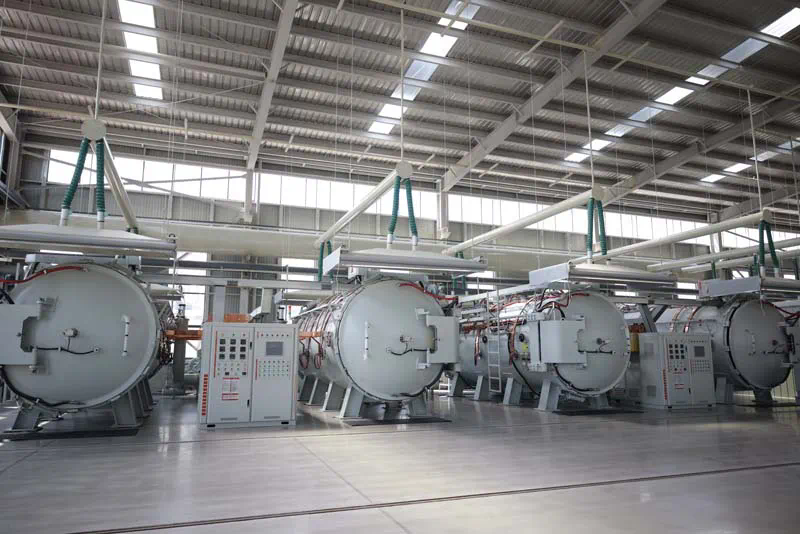Simplify3D vs. Cura – User Experience
Simplify3D has a relatively easy-to-navigate user interface that keeps more-advanced features hidden from the user unless they expressly require them. Simplify3D allows for extensive customization and breaks the settings into three tiers; namely, simple, advanced, and expert. These settings allow varying degrees of customizability to fine-tune the printing process. However, the manner in which these settings are displayed is not optimal and can be confusing and visually messy.
Cura, on the other hand, has a clean and modern user interface that is easy to follow and understand. Like Simplify3D, it also hides more-advanced settings from the user and offers basic default, visual, engineering, and draft profiles. For each of these profiles, there are basic, advanced, and expert settings that allow for increased customizability.
Learning Curve of Simplify3D and Cura
Going from a 3D model to a file ready for 3D printing is almost trivial for both software packages. The process just involves importing the 3D model, selecting the printer, and material, and then clicking the relevant button to generate a 3D printing file. In 3D printing, it is not the software that creates a barrier to learning but rather understanding how changing the settings affects the quality of the final print.
Is Simplify3D Easier To Learn and Use Than Cura?
Both Simplify3D and Cura are easy to learn. Ultimately, they offer many of the same basic features with some small differences that don’t affect how easy it is to learn the software. In addition to this, both have a wealth of useful information on their websites on how to use the software to optimize 3D printing.
Simplify3D vs. Cura – Application Stability
Simplify3D and Cura are both very stable and do not tend to crash or fail during use. Cura has a built-in feature to report any bugs encountered by the developers. Despite a lack of recent, major updates, Simplify3D still performs bug fixes on the current versions of the software while they are working on the next major update.
Simplify3D vs. Cura – Customer Support
Simplify3D is a commercial product and has a formal process for engaging with customer support. One negative for Simplify3D is that it has not had a major update since 2019, and there does not seem to be transparent communication as to when the next major update will be released. Despite being free, Cura also has a customer support page that lists many different resources for troubleshooting, print settings, FAQs, etc.
Simplify3D vs. Cura – Community
Cura is free and has a much larger user base when compared to Simplify3D, which means it has a larger online community. Cura maintains forums where users can post questions that will be answered by more experienced users or Ultimaker employees. Simplify3D has a relatively smaller online community, and they also maintain an official forum that unfortunately does not see much traffic.
Simplify3D vs. Cura – Price
Cura is open source. It is completely free with an LGPL V3 license whereas Simplify3D is only available to purchase. Simplify3D does, however, have a 2-week trial period to allow users to test the software's capabilities. The Simplify3D cost is $149, which only includes free updates for one year but also offers access to expert 3D printing support. Once the next major update is released, i.e., V5, there will be an additional upgrade fee for users who already own a Simplify3D license.
Other Alternatives to Simplify3D and Cura
There are many 3D printer slicers available, such as: Fusion 360®, PrusaSlicer, Slic3r, and SuperSlicer which is one of the more popular and feature-rich free slicers.
Simplify3D does offer some unique features, but the pace at which Cura updates and adds new features means that it is only a matter of time before it has similar features (if they are indeed useful). The cost of Simplify3D makes it difficult to justify purchasing it when there are so many highly capable and free software packages available.
Summary
This article presented Simplify3D and Cura, explained what they are, and discussed their features and when to use each software. To learn more about 3D printing software, contact a Xometry representative.
Xometry provides a wide range of manufacturing capabilities, including 3D printing and other value-added services for all of your prototyping and production needs. Visit our website to learn more or to request a free, no-obligation quote.
Copyright and Trademark Notices
- Fusion 360® is a trademark of Autodesk, Inc.
- Solidworks® is a trademark of Dassault Systemès Solidworks Corporation
- Windows is a trademark of Microsoft Corporation
- macOS is a trademark of Apple Inc.
- Ubuntu is a trademark of Canonical Ltd.
- Intel is a trademark of Intel Corporation CORPORATION
- Ultimaker & Ultimaker Cura are trademarks of Ultimaker Holding BV LLC
- SIMPLIFY3D® is a trademark of SIMPLIFY3D LLC
Disclaimer
The content appearing on this webpage is for informational purposes only. Xometry makes no representation or warranty of any kind, be it expressed or implied, as to the accuracy, completeness, or validity of the information. Any performance parameters, geometric tolerances, specific design features, quality and types of materials, or processes should not be inferred to represent what will be delivered by third-party suppliers or manufacturers through Xometry’s network. Buyers seeking quotes for parts are responsible for defining the specific requirements for those parts. Please refer to our terms and conditions for more information.
.webp)



